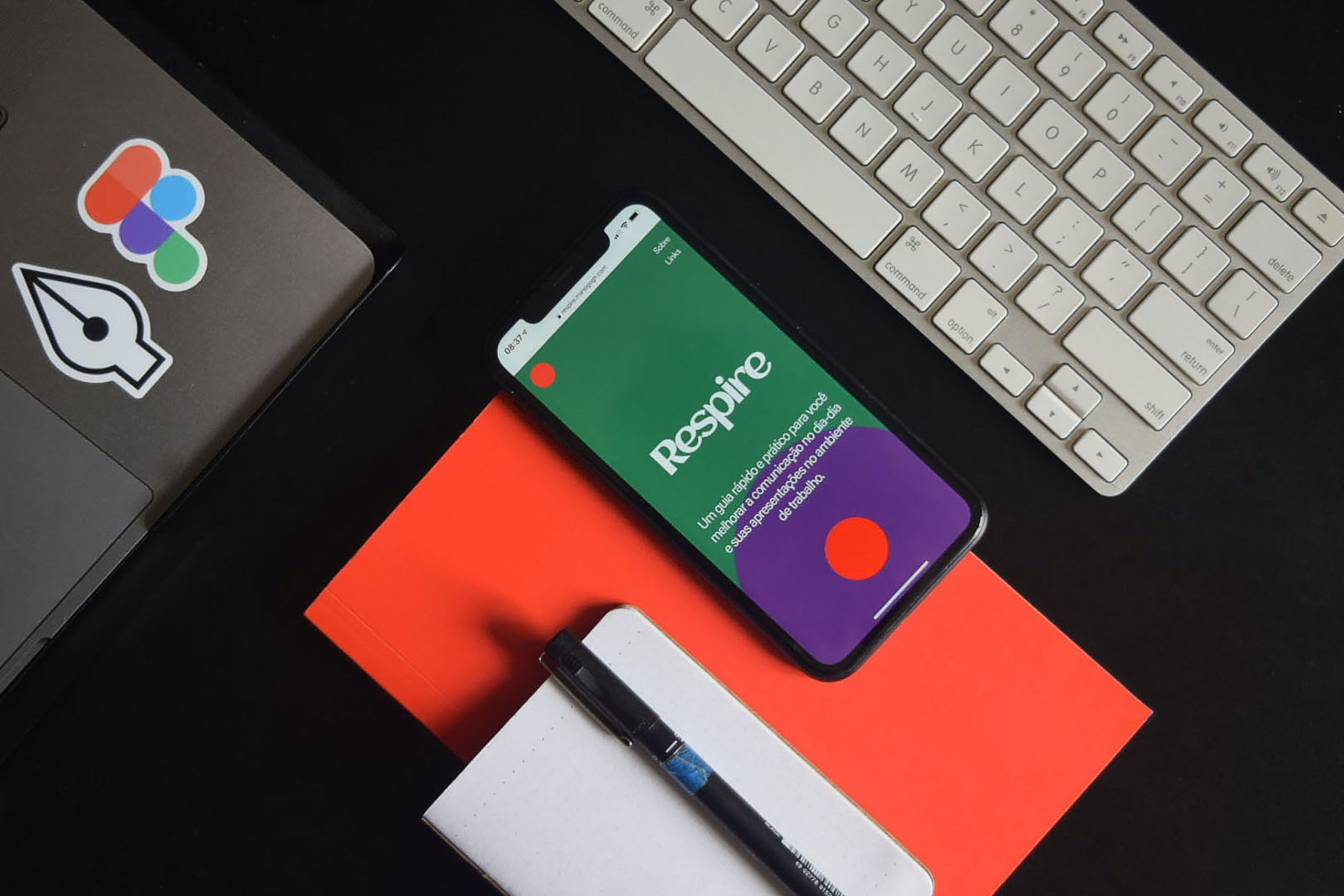Figma has taken the design world by storm, revolutionizing the way we create and collaborate on digital designs. With its intuitive interface, powerful features, and seamless teamwork capabilities, Figma has quickly become a favorite tool among designers worldwide. But with so many features packed into this all-in-one design platform, it’s important to distinguish what’s hot and what’s not. In this article, we will explore the top Figma features that are setting trends in the industry while also shedding light on some lesser-known aspects that may not be as popular but still have their own unique value. So grab your stylus and get ready to dive deep into the world of Figma!
What is Figma and its importance?
Figma is a cloud-based design and prototyping tool that has taken the design world by storm. It allows designers to collaborate in real-time, making it a game-changer for team collaboration. What sets Figma apart from other design tools is its ability to eliminate the need for multiple files and versions, as everything resides on the cloud. This means that teams can work on projects simultaneously, edit designs together, and provide feedback instantaneously.
The importance of Figma cannot be overstated in today’s fast-paced digital landscape. With remote work becoming increasingly prevalent, having a tool like Figma allows design teams to seamlessly collaborate regardless of their physical location. Gone are the days of sending files back and forth via email or relying on clunky version control systems. Figma’s real-time collaborative features empower designers to streamline their workflows and produce higher quality designs in less time.
Furthermore, Figma’s versatility extends beyond traditional design projects – it is also a powerful tool for prototyping and user testing. Designers can create interactive prototypes with ease, allowing stakeholders to experience how an interface would function before it even gets coded. This feature not only saves time but also ensures that any potential user experience issues are identified early on in the design process.
In summary, Figma revolutionizes the way designers collaborate by providing real-time collaboration features through its cloud-based platform. Its impact goes beyond just improving team productivity; it also enables remote work possibilities while facilitating seamless communication among team members.
Hot Feature 1: Collaborative Design in Real-time
When it comes to design, collaboration is key. With Figma’s collaborative design feature, designers can now work together in real-time, making it easier than ever before to create and iterate on designs as a team. No more endless back-and-forth emails or waiting for updates – everyone can see the changes being made in real-time, eliminating miscommunication and streamlining the design process.
But what sets Figma apart from other collaborative design tools? One word: versatility. It doesn’t matter if you’re working on a small project with just one other designer or collaborating with an entire team spread across different time zones – Figma has you covered. The platform allows multiple designers to work simultaneously on the same file, with each person seeing their own cursor and edits highlighted in real-time. This not only encourages seamless collaboration but also promotes creativity and fosters a sense of unity among team members.
The power of collaborative design in real-time goes beyond just convenience; it fundamentally transforms the way designers work together. By allowing multiple people to contribute simultaneously, designers can bounce ideas off each other instantly and build upon each other’s ideas creatively. Gone are the days when one person had to take charge of the entire design process – now every member of the team can have their say and leave their mark on the final product. This truly democratizes design, harnessing the collective intelligence of a diverse group to produce better results faster.

Hot Feature 2: Prototyping and Animation Tools
Hot Feature 2: Prototyping and Animation Tools. One of the hottest features in Figma right now is its robust set of prototyping and animation tools. With these tools, designers can bring their designs to life with interactive prototypes and animations that showcase the user experience in a dynamic way.
The prototyping tool allows designers to easily create interactive prototypes by linking different screens together, adding hotspots for user interaction, and even creating advanced interactions using various triggers and animations. This not only helps designers visualize how their designs will behave in real-world scenarios but also allows them to test and gather feedback on the usability of their designs before moving forward with development.
In addition, Figma’s animation tools provide a powerful way for designers to add motion and life to their designs. From simple animations like fades or slides to more complex transitions and effects, these animation tools give designers the ability to create engaging experiences that captivate users’ attention. Whether it’s a subtle hover effect or an eye-catching loading animation, these features enable designers to elevate their designs from static mockups to immersive experiences.
Overall, Figma’s prototyping and animation tools empower designers to take their design concepts beyond just visual representation by allowing them to demonstrate how users will interact with their products. This not only enhances collaboration between design teams but also helps streamline the entire product development process by catching any usability issues early on. With these tools at hand, Figma provides a comprehensive solution for designing dynamic user experiences that truly stand out in today’s competitive market.
Not-so-hot Feature 1: Lack of Offline Functionality
When it comes to design software, having offline functionality is often seen as a basic requirement. Unfortunately, Figma falls short in this area. The lack of offline functionality means that if you find yourself without internet access, you won’t be able to work on your designs or make any edits. This can be a major inconvenience for designers who often rely on uninterrupted workflows and may find themselves limited by the need for constant connectivity.
One possible explanation for this limitation could be Figma’s focus on collaboration and real-time editing. By keeping everything in the cloud, it allows multiple users to work simultaneously on a project and see changes live. While this collaborative feature is certainly impressive, it also means sacrificing the ability to work offline. It would be beneficial if Figma could develop a solution that balances both online collaboration and offline accessibility, perhaps through implementing local storage capabilities or providing an option to sync files locally for temporary use when an internet connection is unavailable.
Overall, while Figma excels in many areas of design software, its lack of offline functionality leaves something to be desired. For designers constantly on the go or working in remote locations with limited internet access, this can present significant challenges. As the industry continues to evolve, it would be great to see Figma address this issue and provide their users with the flexibility and convenience of working both online and offline seamlessly.

Not-so-hot Feature 2: Limited Integration Options
One of the most significant downsides of Figma is its limited integration options. While the platform offers some integrations with popular tools like Jira and Slack, it falls short in comparison to other design tools on the market. This limitation can be frustrating for designers who rely heavily on integrating their workflow with various other applications.
The lack of integration options also hampers collaboration and communication within design teams. When teams are unable to seamlessly connect Figma with project management or communication tools they use daily, it leads to disjointed workflows and potential miscommunication. Having to switch between multiple platforms can slow down productivity and hinder efficiency.
Furthermore, limited integration options means designers may need to resort to manual workarounds or use third-party services that may not offer the same level of security or quality assurance as official integrations. This can create additional challenges when trying to maintain a streamlined design process while ensuring data integrity and security.
While Figma has many outstanding features, its limited integration options can be a significant drawback for designers looking for a seamless workflow that integrates with their existing toolset. It’s crucial for Figma to address this limitation by expanding its range of integrations to provide users with a more comprehensive experience that meets the needs of diverse design teams.
Conclusion: Figma’s strengths and areas for improvement
Figma is undoubtedly a powerful design tool with numerous strengths that make it a top choice for designers worldwide. Its collaborative features, such as real-time editing and commenting, truly set it apart from other design tools on the market. The ability to work simultaneously with teammates makes Figma ideal for remote teams or those who value constant collaboration.
However, like any tool, Figma does have its areas for improvement. One area worth mentioning is the complexity of its interface. While experienced designers may find the interface intuitive and easy to navigate, beginners or those transitioning from other design tools might feel overwhelmed by the learning curve. Additionally, while Figma offers a vast library of design assets and templates, some users have expressed their desire for more customization options when it comes to these pre-built components.
Despite these areas of improvement, Figma remains an incredibly powerful and valuable design tool that continues to evolve based on user feedback. The strengths far outweigh its weaknesses, making it a go-to choice for many designers looking to streamline their workflow and enhance collaboration. With ongoing updates and improvements being made by the Figma team, we can expect this tool to only get better over time.
